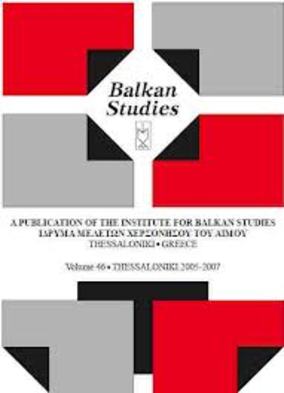The human rights protection in the frames of the Organisation on Security and Co-operation in Europe
Part of : Balkan studies : biannual publication of the Institute for Balkan Studies ; Vol.38, No.2, 1997, pages 325-353
Issue:
Pages:
325-353
Section Title:
Articles
Author:
Abstract:
The CSCE process was about much more than human rights; it began assecurity negotiations during the détente period (early 1970s), but theWesterners found it as a good opportunity to put the (dangerous for theEasterners) issue of the human rights firmly into the East-West relation. So,Helsinki Final Act (Aug. 1975), consisting of its famous “three Baskets”,contained (in Basket I) the Principle No. 7: “Respect of human rights andfundamental freedoms including freedom of thought, conscience, religion andbelief”. However, the Act’s follow-up practically was more effective asparticipating countries came to succesive agreements on the establishment of adiplomatic procedure concerning human rights protection, known as “HumanDimension Mechanism” (Vienna, Copenhagen, and Moscow Documents, 1989,1990, and 1991 respectively). Thus, maybe since the end of Cold War CSCEhas lost its great political importance, but its Human Dimension and its roleon the démocratisation process in Eastern Europe were reinforced by itstransformation to a permanent Organisation (now counting 54 state members) and by the establishment of new institutions, such as the Conflict PreventionCentre, the Office on Democratic Institutions and Human Rights and the HighCommissioner on National Minorities.
Subject:
Subject (LC):
Keywords:
Προστασία ανθρωπίνων δικαιωμάτων




